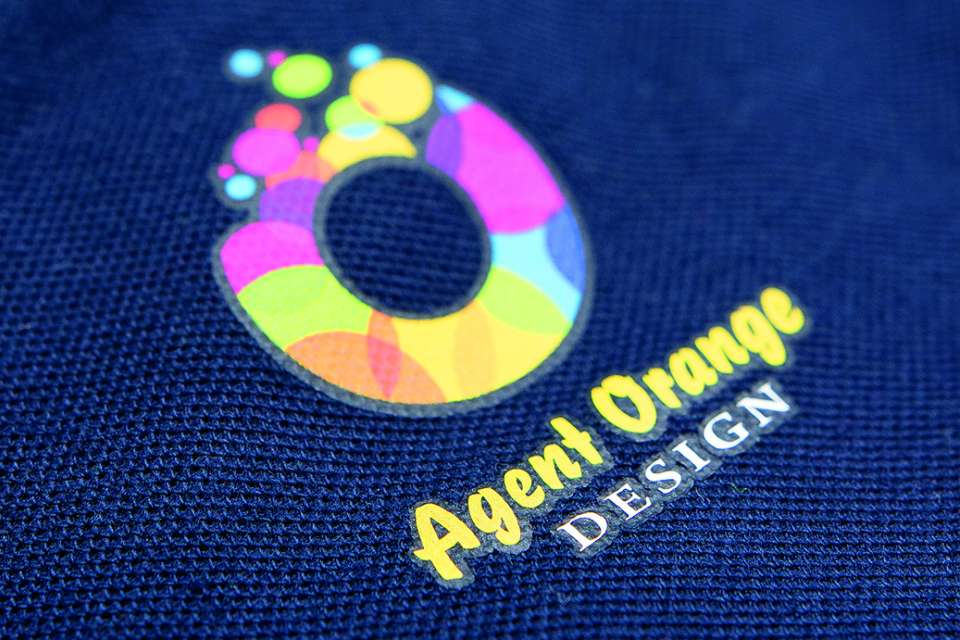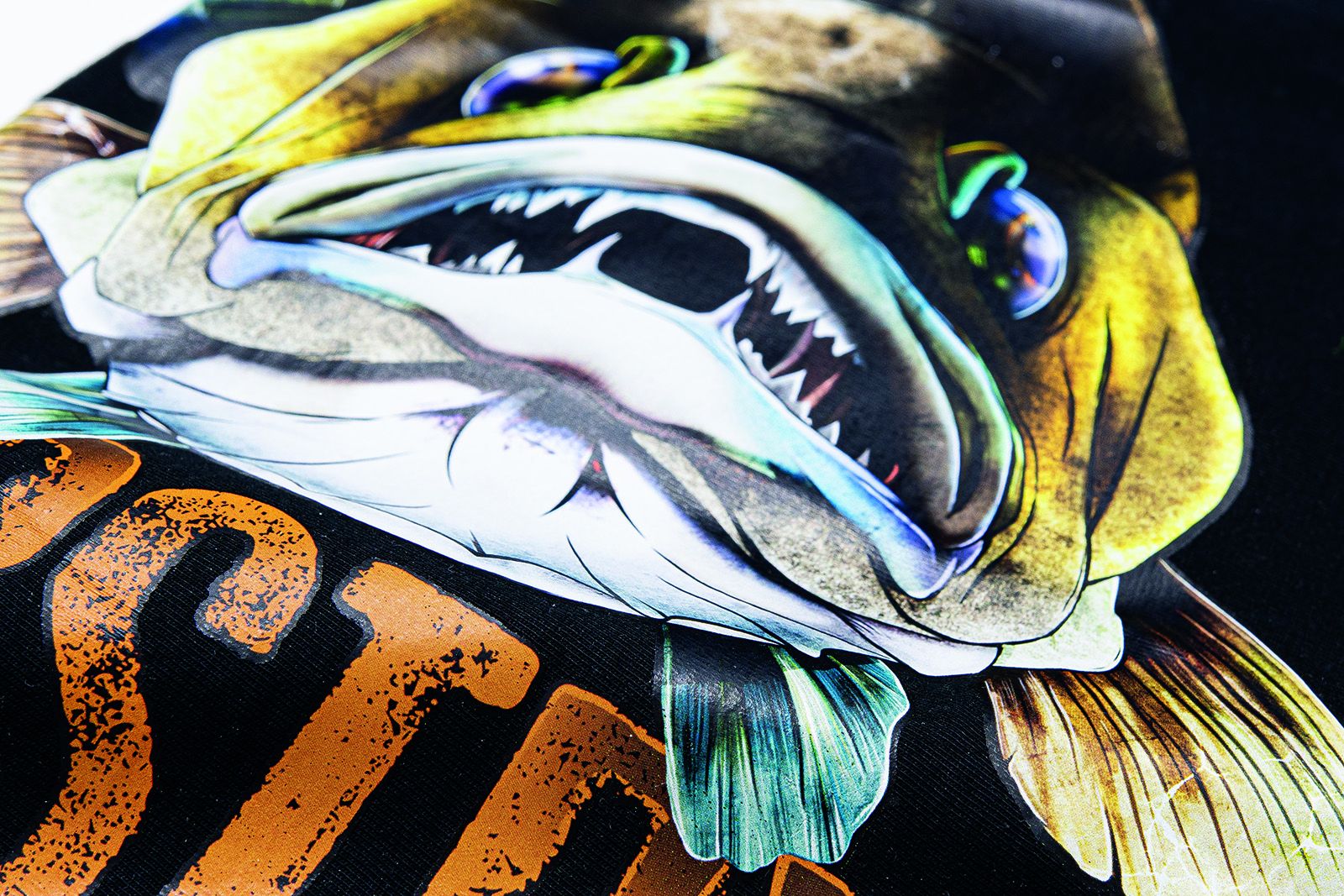Sublimation is an extremely durable printing technology that can handle high-quality and vibrant designs in photographic quality. Large-scale designs and printing over seams are not an issue.
SUBLIMATION

We can print or embroider designs on any textiles you buy from us.
We use various methods, each with its own advantages and limitations. The best method depends on many factors such as the quantity of products, number of colours in the motive, your budget, and the material of the products.
We use modern machines and have skilled printers who can print high-quality designs with many colours.
If you need help choosing the best method, send us your design at sales@malfini.com or call us at +420 475 247 507 and we will reply in the shortest possible time.
• Send us your design with high-quality graphics and we will send you a mockup within 48 hours since your order.
• We print from just 1 piece depending on the most suitable method
• You will receive a complete delivery within 14 days since the confirmation of the mockup
• We can provide printing in multiple colours
• We provide printing with special effects such as 3D, puff, glowing and neon colours, varnish, glitter and others.

Sublimation is an extremely durable printing technology that can handle high-quality and vibrant designs in photographic quality. Large-scale designs and printing over seams are not an issue.
SUBLIMATION

Digital printing (DTG) brought a revolutionary change to advertising textiles and was the first to enable high-quality printing of full-colour graphics, including photographs.
DTG

Digital transfer (DTF) is another technology developed for printing complex designs, including photographs and small vectors with full colour tones or colour gradients.
DTF

Screen printing is the oldest and most efficient form of direct textile printing, very useful when you need to print a large quantity of products.
SCREEN PRINTING

Variation of screen printing when a design is first printed onto a special transfer film, which is then applied to the textile using heat and pressure.
SCREEN PRINTING TRANSFER

Embroidery represents one of the highest-quality ways to present a design, particularly suitable for premium textiles or for t-shirts and polo shirts with a higher weight.
EMBROIDERY

Digital printing method that can process intricate designs which retain exceptional sharpness, finesse of details, and colour accuracy.
LITHOTRANSFER

Removal and replacement of original product labels, including the possibility of their production.
LABEL CHANGE

Sublimation is an extremely durable printing technology that easily handles printing in photographic quality, large-scale motifs, and can even handle printing over seams. Thanks to its ability to change designs within minutes, this method is also suitable for small orders.
The printing process involves a paper carrier with the design printed on it, which is then applied to the fabric using heat and pressure. The sublimation ink is absorbed directly into the textile fibers, resulting in a long-lasting print that resists fading even after washing or dry cleaning. Sublimation can only be performed on synthetic materials such as polyester or nylon, and its benefits are unparalleled on white backgrounds.
PROS AND CONS OF SUBLIMATION
Digital printing has brought a revolutionary change in advertising textiles, and was the first to allow high-quality printing of full-colour print templates, including photographs.
Ink colours are applied directly to the fabric and are immediately dried, ensuring high durability of the print.
Digital printing is suitable for both single orders and small series printing. It is not limited by the number of colours, making it suitable for high-quality and high-resolution printing.

PROS AND CONS OF DTG

Digital transfer is another technology developed for printing complex designs, including photographs and small vectors with full-colour tones or colour gradients.
The design is first printed onto a transparent thin film that allows for easy fitting of the motif. The advantage is the washability and long-lasting durability of the print.
PROS AND CONS OF DTF
Screen printing is the oldest and most effective form of direct textile printing, which is particularly useful when you need to print a large number of products.
Screen printing is done mechanically, achieving a high daily production (up to 15,000 prints) and the same print quality throughout the entire printing order.
Clear advantages include colour fastness, print durability, and favorable pricing.

PROS AND CONS OF SCREEN PRINTING

It is a variant of transfer where a design is first printed on a special film using the screen printing method. The film is then applied to the textile by heat and pressure.
The technology is suitable for all textiles and is recommended especially for products unsuitable for direct printing (applying colour directly onto the material).
PROS AND CONS OF SCREEN PRINTING TRANSFER
Embroidery is one of the highest quality ways to present a design, especially suitable for premium textiles or for t-shirts and polos with higher weight. It withstands high temperatures, so it is often used for workwear. A variation of embroidery is a patch. In this case, the design is embroidered onto a separate piece of fabric, which is then applied to the product.
We will make the embroidery for you using automated machines in up to 12 colours. You can even choose specialist 3D effects, metalic or UV threads.

PROS AND CONS OF EMBROIDERY

Lithotransfer is one of the most modern methods of printing on textiles. In principle, it works similarly to digital transfer and can easily print full-colour designs, photographs, and colour gradients.
Its key advantages include the ability to process very detailed and intricate designs. The resulting print retains exceptional sharpness, finesse, and colour vibrancy.
This technique can create durable prints that would be difficult to achieve with other methods.
PROS AND CONS OF LITHO TRANSFER
Are you creating your own brand? For all products, we offer the removal or replacement of original product labels with your own, including their production. An interesting alternative is for example printing a new label directly on the textile.
The label material can be woven, satin or paper.

PLACEMENT OPTIONS
If you need help choosing the best method, send us your design at sales@malfini.com or call us at +420 475 247 507 and we will reply in the shortest possible time.